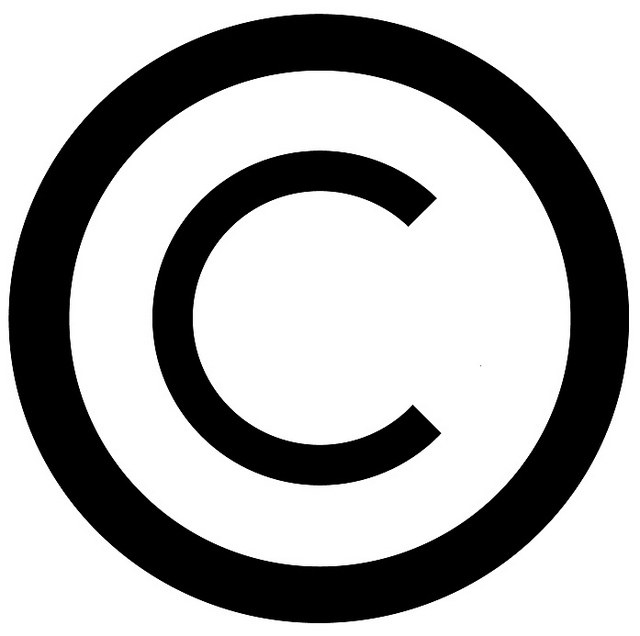What is plagiarism?
What is plagiarism?
Today, when information is the most importantresource, many people think about the quality of this resource ... How is it done? How can the concept of "plagiarism" be related to the quality of content and what are the tools for assessing the author's material?

Concepts of plagiarism
The word "plagiarism" in the present sense is the beginningused in the XVII century - theft of literary property was called "plagium litterarium", and the literary thief was called a plagiarist (Latin plagiator). The Russian version comes from the French plagiat - "plagiarism, imitation." From a legal point of view, plagiarism is the deliberate appropriation of the authorship of another's work of art , invention or technical solution. Plagiarism, proceeding from the legislation in the field of copyright and patent law, may entail legal liability. Not specifying the source of borrowing is also plagiarism. However, the citation, imitation or borrowing of ideas can not be considered plagiarism, unless it contains elements of copying specific technical elements - the idea itself can not be an object of copyright.It is necessary to distinguish plagiarism from "piracy". An obligatory sign of plagiarism is the attribution of authorship, and piracy is a violation of the law on the use, distribution and copying of protected materials.It should also not be confused with the concept of plagiarismthe concept of scientific or artistic continuity or the development of works of creativity and scientific ideas, because any products of science or art in one way or another are based on pre-existing concepts and ideas.
Plagiarism on the Internet. Methods for determining plagiarism
With the development of the Internet, the problem of uniquenessthe information was exacerbated: the number of websites increased exponentially, and there was no technical solution for determining authorship. Today, the problem can be considered almost solved - there are many online services and various programs that allow you to analyze the text and identify non-unique fragments in it. Among them you can identify: Advego Plagiatus. One of the most popular programs for determining the uniqueness of the text. It has many options, as well as a valuable function of "deep checking" the text. Almost does not load the computer's RAM and has the function of automatically counting the number of characters in the text, which makes it an easy tool for the copywriter.Etxt antiplagiat. Another convenient program, which has the function of deep checking and "checking for rewrite" .Antiplagiat.ru. A very popular online service, but it is more likely because of its name and the first positions on the request of "Anti-plagiarism", rather than because of some unique mechanism for analyzing the material. It also has a limit on the number of characters in the text - 5000 characters.From a technical point of view, all these programsuses the same mechanism for determining plagiarism. Some work faster, but some have a larger set of options, but if you look from the inside, they are all identical.In principle, the choice of program depends onpreferences of the copywriter (author). And if you take into account that all professional exchanges of copywriters have a built-in function of text verification, then the need to use these programs fades into the background.







